Morning Star
The Sidney & Gertrude Zack Gallery
Vancouver, BC
January 5 — February 7, 2024
Curated by Hope Forstenzer and Carmen Levy-Milne
Photography and essay by Sol Hashemi
‘A key without a lock or a lock without a key are not complete realities; they only become meaningful through their reunion.’ –Gilbert Simondon, Imagination and Invention
Inspired by mysticism, magic, surrealism, astrology, and tarot, Rosamunde Bordo presents Morning Star in the Sidney and Gertrude Zack Gallery. Drawing from the line and circle figures depicted on Aramaic amulets that were used for healing and protection, Bordo has created a series of Constellation works that encircle the room. Beginning in late antiquity, Jewish magicians started adopting these charaktêres, or magical signs, from the Graeco-Egyptian magical tradition.[2] Medieval writers constructed ‘magical alphabets’ by ascribing each sign with a Hebrew letter, yet the signs remain undeciphered.[3] In Bordo’s conception of the symbols, they remain loose, associative, and mysterious.
Held between two spindles, a blank of wood spins, turning around a horizontal axis at roughly 2500 rotations per minute. Spheres and rods form as wood chips scatter the floor. These smooth hardwood sculptures, produced on a lathe, recall elements of furniture and domestic architectural features, such as banisters, doorknobs, or table legs. Charged with an implicit tactility, the works activate a desire to touch and to hold, yet the precise meaning of the figures remains out of reach. Resembling molecular structures, such as that of salt (NaCl), these Constellation works mediate the cosmic and the infra-molecular through the everyday.
In Table Salt, a slab of Himalayan salt rests atop a wooden table; the pink crystalline ionic lattice pinned in place by its own weight. Every crystal remains incomplete as it harbors the ability to continue developing if returned to the right conditions; each element of its surface structures the deposit of the next layer, yet through cleavage, every molecule contains the potential to continue structuring its milieu through its own particularity.[4] Many rituals have grown around salt. Used to ward off the evil eye, it is brought as a housewarming gift, and placed in the corners of rooms and in the pockets of children. Below the salt slab, we find that each table leg is unique, turned to a different design.
Incantation bowls were amulets, demon traps, made in the Sassanian period from wheel-turned ceramic dinnerware which were then inscribed with spells usually spiralling around the inside of the bowl from the centre to the rim, or from rim to centre, often around a central drawing, or more rarely a charaktêre.[5] Amulets and talismans have been used for numerous purposes throughout the ages, from warding off threats, to attracting lovers, to the treatment of physical and psychological conditions. The Sefer Raziel lays out a table of times and days which were selected as being especially auspicious or detrimental to the production of amulets, due to the corresponding operative astrological powers.[6] “The science of magic,” as it was written in the Picatrix, originally written in Arabic as the Ghayat Al-Hakim, “deals with knowing the positions of fixed planets, the location of their pictures, the manner by which they cast their light on orbiting planets and the astrological ratios.”[7] The talisman and amulet are operational, connecting beings with the cosmos, utilizing forms of magic that are overdetermined.[8]
Percé Rock, rising from the sea; its imposing presence is viewed through the frame of a window by André Breton, who wrote Arcanum 17 in 1944, from the tip of the Gaspé Peninsula in Quebec, surrounded by gannets and seagulls, as Allied forces fought to liberate occupied Europe. The window frame becomes a portal, connecting him to cosmic forces, seeking light and hope amidst darkness. “Percé Rock: now it is there, now it isn’t,” writes Anna Balakian in the Introduction to Arcanum 17.[9] The Rock appears in Bordo’s video Potion, where a bubbling kettle contains a liquid mixture, its green both emerald and slime. Percé Rock emerges from the potion as an image; a picture postcard; seen from many angles.
The seventeenth card of the Tarot’s Major Arcana is the Star. Following the Devil and the Tower of Babel cards, the Star is under the protective influence of the pentagram, associated with the morning star, Venus, and represents hope, renewal, and resurrection. When observed geocentrically, the trajectory of Venus in relation to Earth traces out a floral shape known as the Venusian pentagram, also called the "petals of Venus."[10] Located within the zodiacal sign of Aquarius, the Star brings tidings of new beginnings and growth.
The rotation of a celestial body around itself has been defined by astronomers as a revolution since the 18th century, yet Surrealists have viewed revolution in an entirely different light. Hoping to abolish this self-absorbed axis of Western civilization, the surrealist goal is to unlock the possibilities of an alternative movement, one based in a free and resonant motion of passional attraction.[11] The sunflower, which turns its petals toward the sun, becomes a metaphor for this, because of what Benjamin calls its “secret heliotropism…toward the sun which is rising in the sky of history.”[12] Breton sees the need for individuals to keep alive that which might otherwise perish on the margins, such as the subterranean or the magical, so that it may one day find its place in the middle of a new arrangement, thereby marking with ”a flower in some way axial in relation to time,” that the future will establish a stronger connection with the past by undergoing a more distinct and decisive departure from it.[13]
Benjamin uses the constellation as a metaphor to articulate the non-linear and fragmented nature of historical understanding. Constellations, as he describes them in “On the Concept of History,” are not straightforward narratives but rather configurations of discrete moments or events that, when brought together, form a new illuminating pattern. Every Now, within this framework, potentially represents a star within a constellation, a moment charged with revolutionary potential. While the Now signifies an intense, transformative present, constellations provide a means to perceive the interconnectedness of disparate historical elements.[14]
“If images from the past spring to legibility in the present, it is because they speak to its concerns,” writes Margaret Cohen in her Gothic Marxist work, Profane Illumination.[15] The fragments of the postcards in the video are reminders that this exhibition is a node in the constellation of Bordo’s ongoing project, The Denise File, a work of serial detective fiction. With Morning Star, Bordo invites the viewers to become detectives and to engage in a process of invention and interpretation of the exhibition-as-amulet. Much like the charaktêres and Percé Rock, Denise is a mystery, flickering like a flame between presence and absence, casting shadows as a point source of light; a candle or a star.
[1] Benjamin, Walter. The Origin of German Tragic Drama. London: Verso, 1985. 34.
[2] Bohak, Gideon, “The Charaktêres in Ancient and Medieval Jewish Magic,” Acta Classica Universitatis Scientiarum Debreceniensis, vol.47, 2011. 25-44
[3] Trachtenberg, Joshua. Jewish Magic and Superstition: A Study in the Folk Religion. Mansfield Centre: Martino Publishing, 2013. 141.
[4] Simondon, Gilbert. Individuation in Light of Notions of Form and Information. Minneapolis: University of Minnesota Press, 2020. 80.
[5] Bohak, Gideon. "Jewish Amulets, Magic Bowls, and Manuals in Aramaic and Hebrew." Guide to the Study of Ancient Magic. Ed. David Frankfurter. Leiden: Brill, 2019. 820.
[6] Trachtenberg, Joshua, 2013. 145.
[7] Majrīṭī, Maslamah ibn Aḥmad. Picatrix: Ghayat Al-hakim : the Goal of the Wise, Volume 1. Seattle: Ouroboros Press, 2002. 12
[8] Marks, Laura U. "Talisman-Images: From the Cosmos to Your Body." Delueze, Guattari, and the Art of Multiplicity. Ed. Radek Przedpelski and S.E. Wilmer. Edinburg: Edinburg University Press, 2020. 280.
[9] Balakian, Anna. "Introduction." Breton, Andre. Arcanum 17. København & Los Angeles: Green Integer, 2004. 10.
[10] Ottewell, Guy. earthsky.org. January 22 2023. 7 January 2024.
[11] Löwy, Michael. Morning Star. Austin: University of Texas Press, 2009. 6.
[12] Cohen, Margaret. Profane Illumination: Walter Benjamin and the Paris of Surrealist Revolution. Berkeley, Los Angeles, London: University of California Press, 1993. 158.
[13] Cohen, Margaret. 1993. 158
[14] Benjamin, Walter. "On the Concept of History." Benjamin, Walter. Walter Benjamin: Selected Writings, 4: 1938–1940. Cambridge: Harvard University Press, 2003. 496 pages. 389-397
[15] Cohen, Margaret. 1993. 11

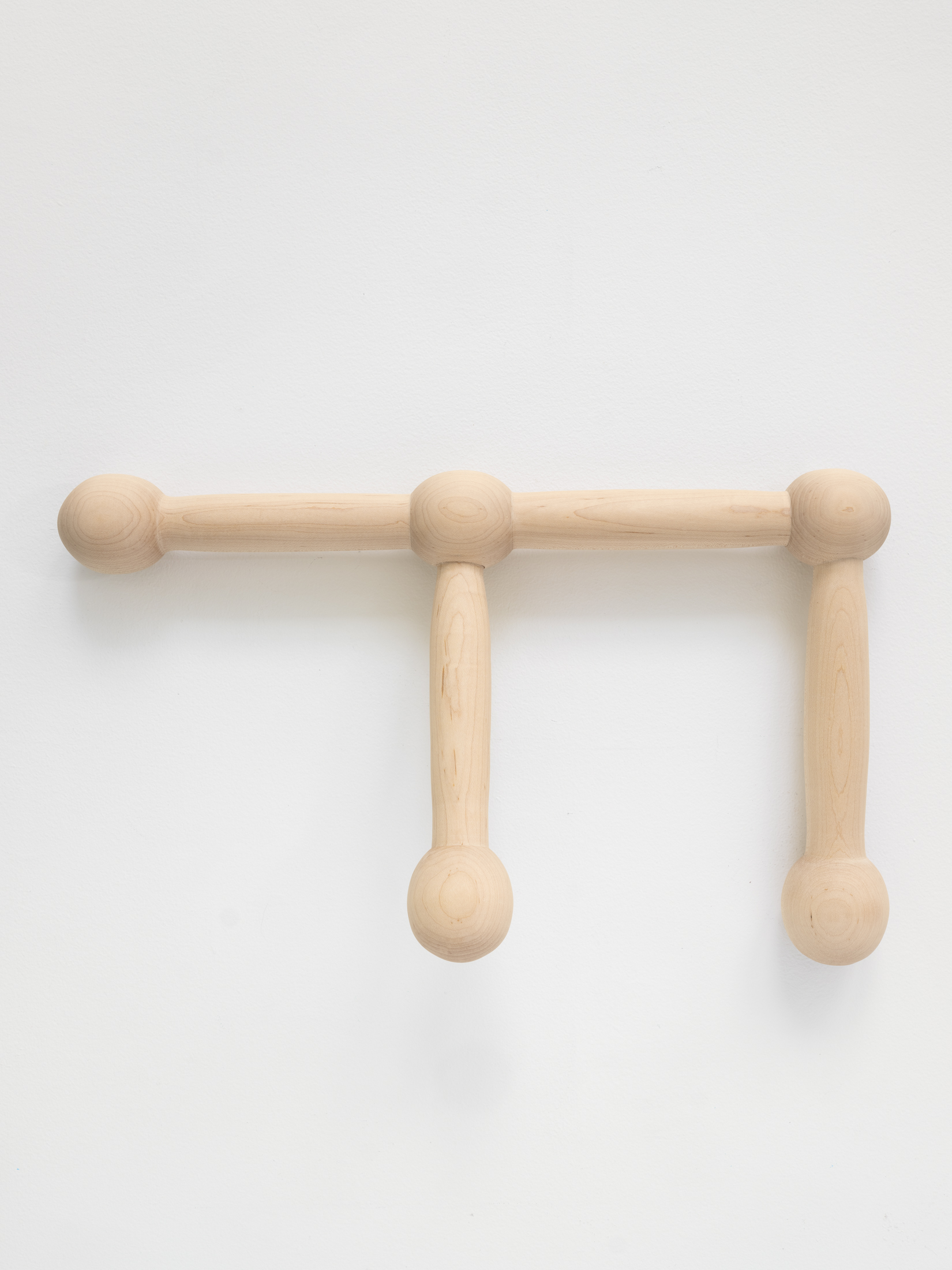
Constellation I, 2023 maple, beeswax, 21.5 x 12 inches
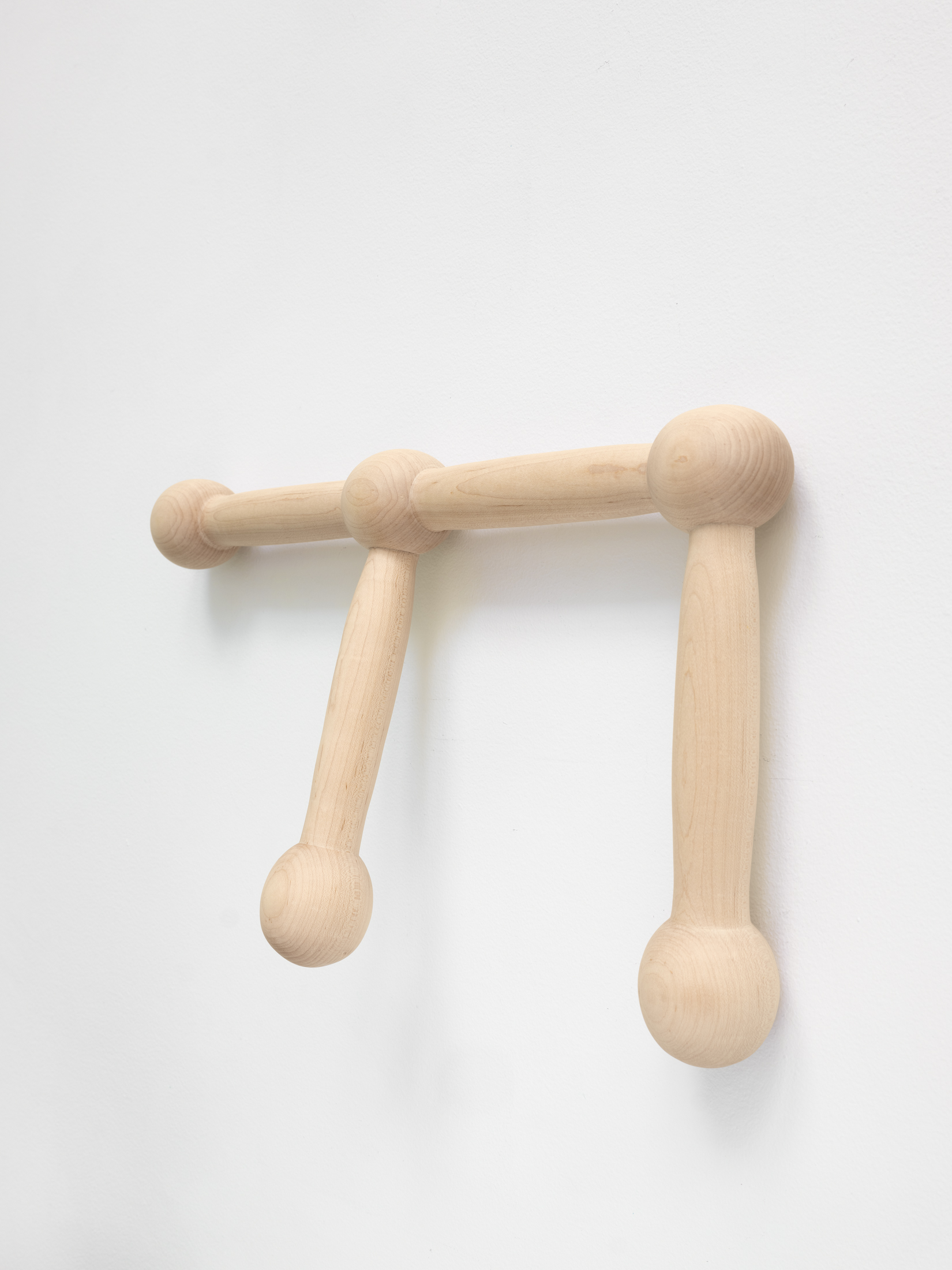
Constellation I (side view)

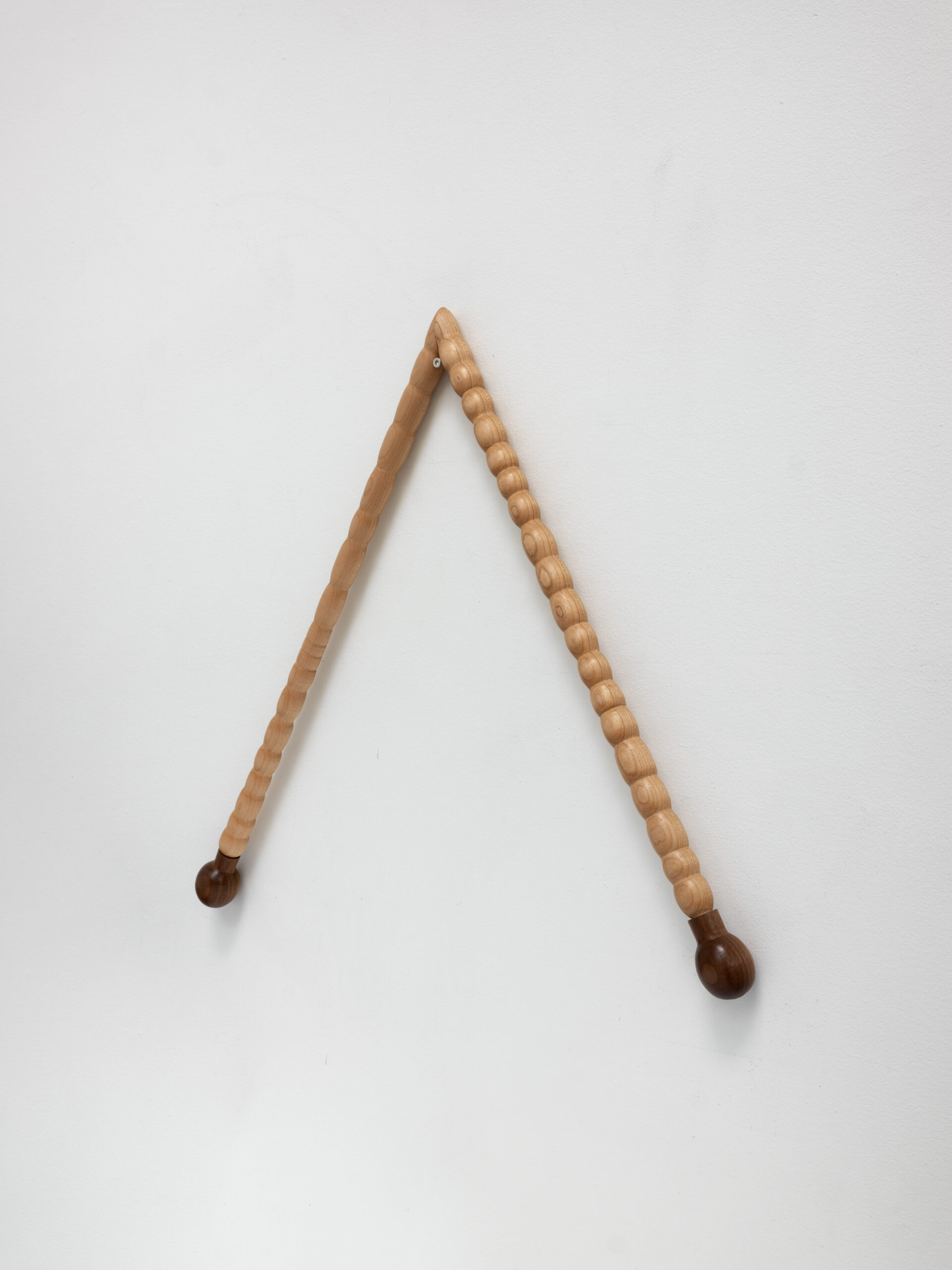
Constellation II, 2023, maple, walnut, shellac, 26 x 25.5 inches
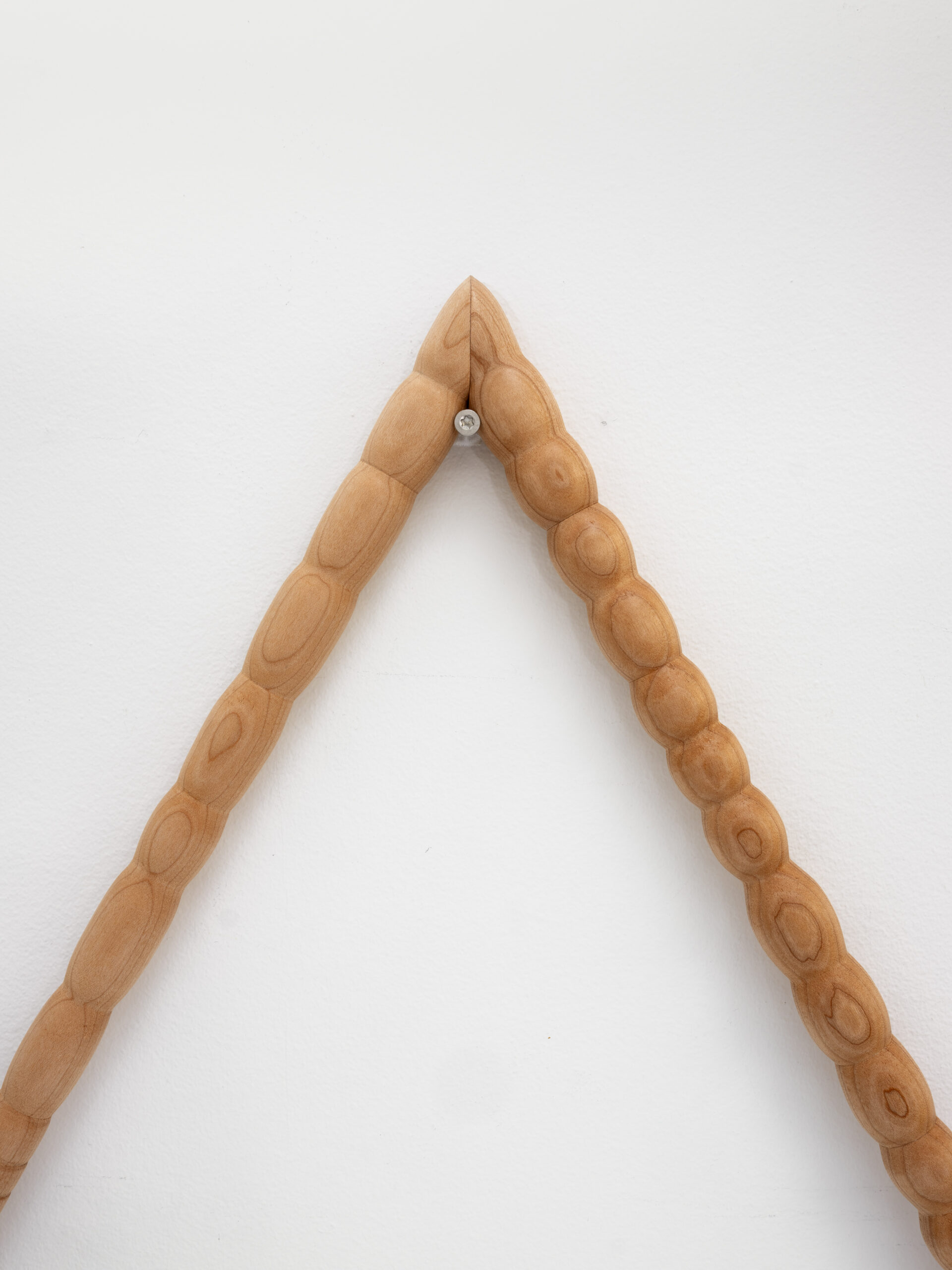
Constellation II (detail)

Potion, 2023, video, 4 min 31 sec.

installation view – The Sidney and Gertrude Zack Gallery
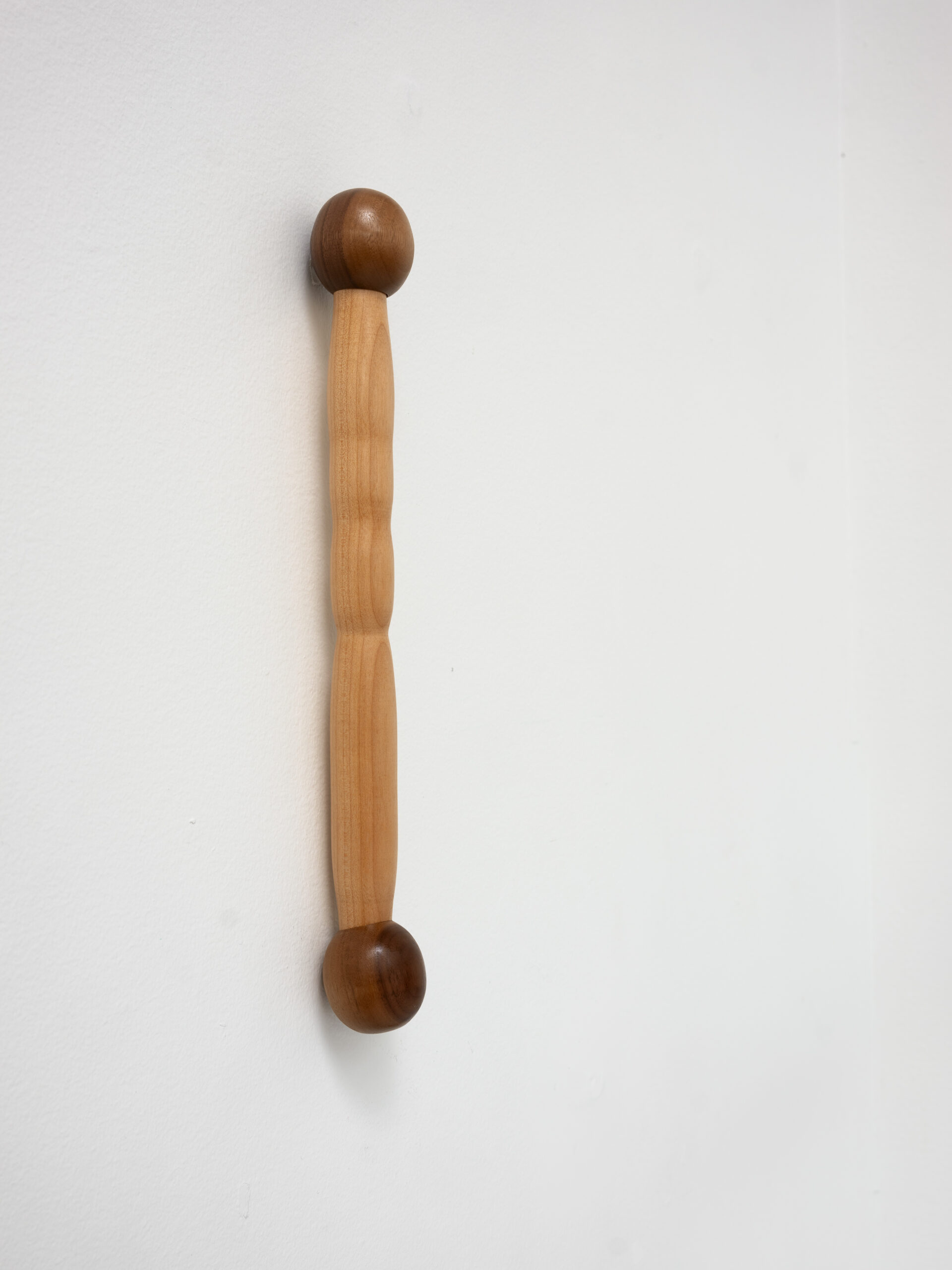
Constellation VI, 2023 maple, walnut, shellac, 13 inches

Table Salt, 2023, maple, pink salt, 26.5 x 11.5 x 8 inches

installation view – The Sidney and Gertrude Zack Gallery
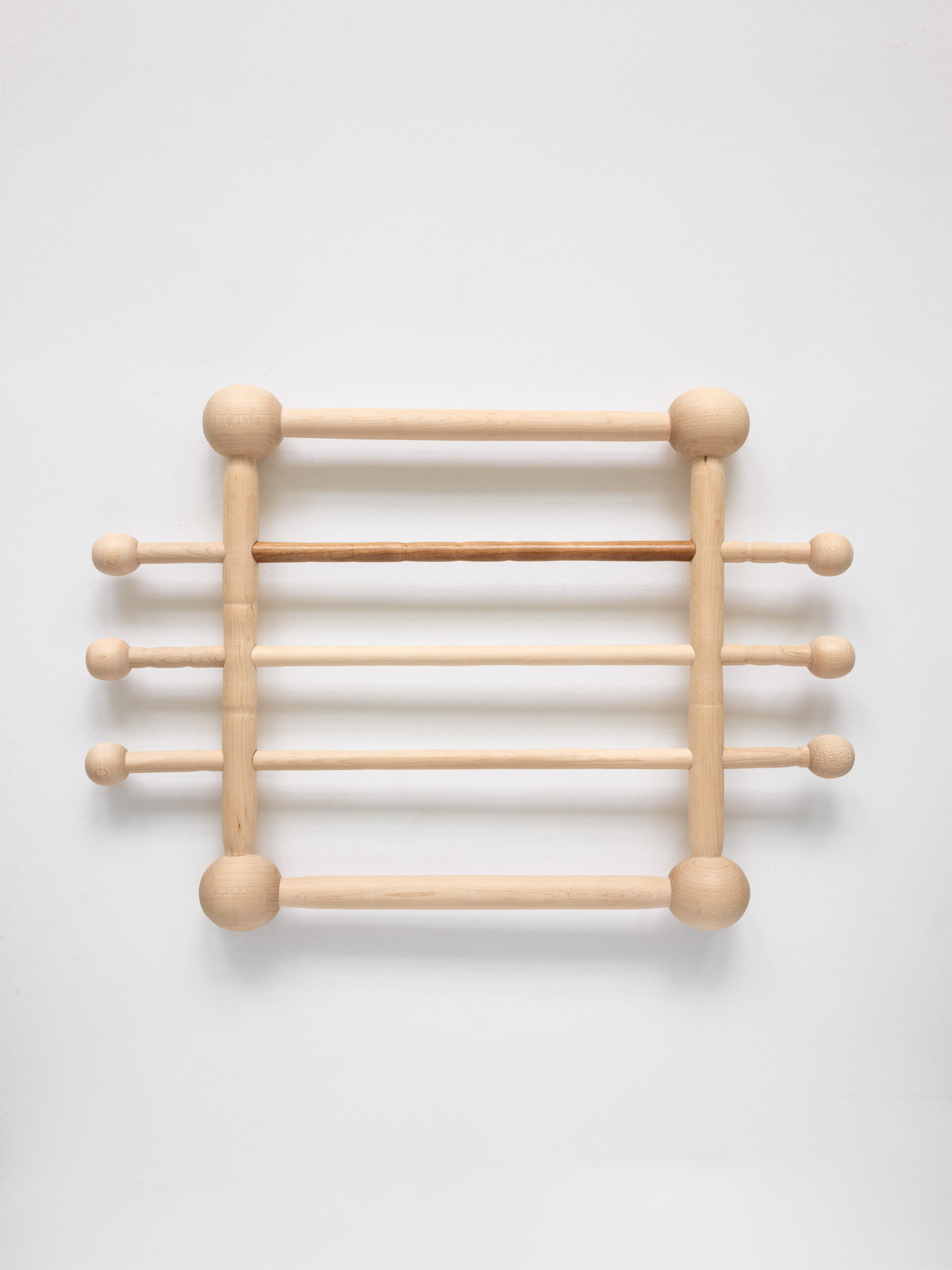
Constellation IV, 2023, maple, cherry, abalone, shellac, beeswax, 18.5 x 26.5 inches


Constellation IV (detail)

Constellation III, 2023, maple, shellac, beeswax, abalone, 10 x 14.5 inches
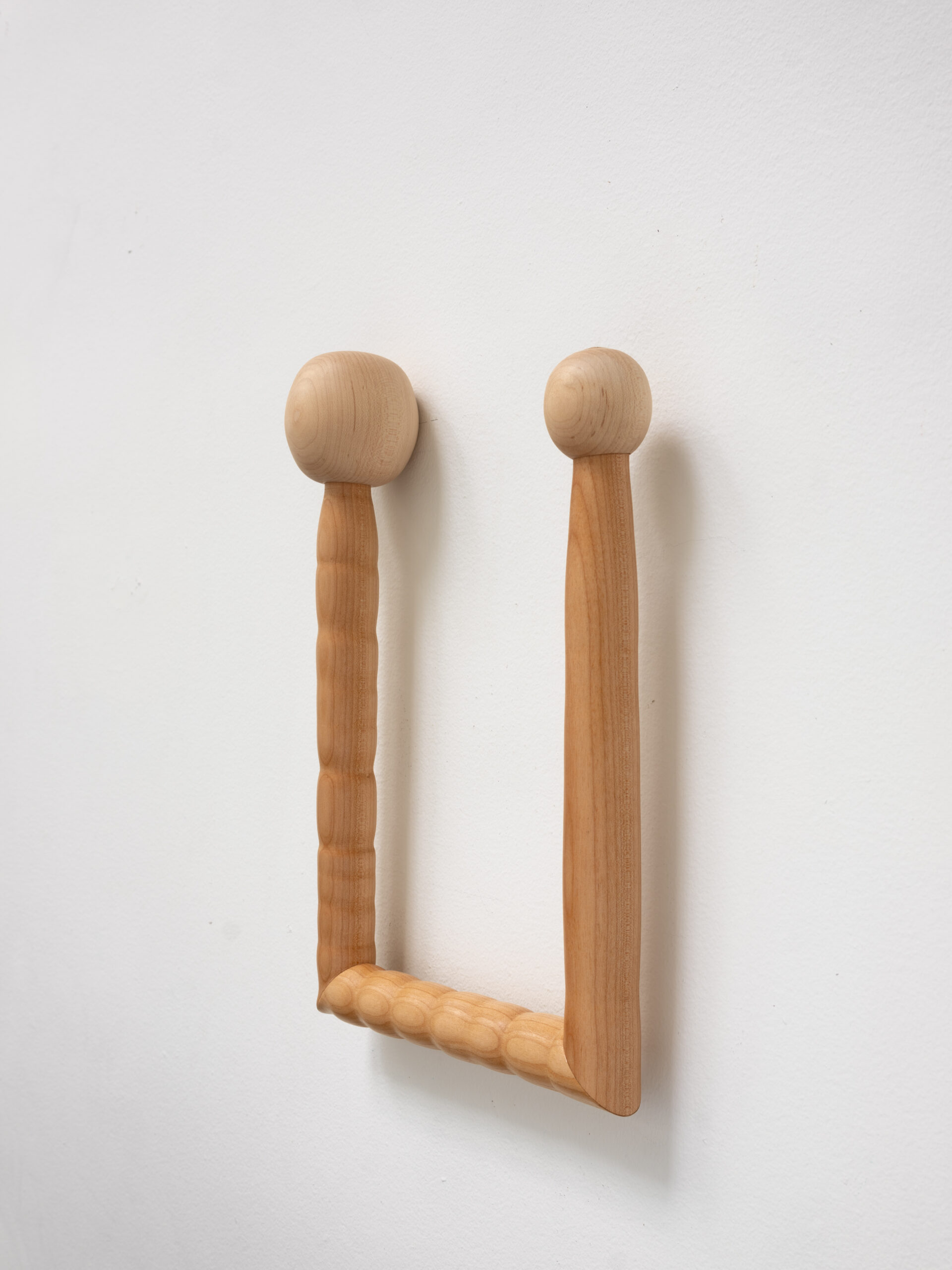


Constellation V, 2023, maple, beeswax, 6.5 x 10 inches
The Denise File
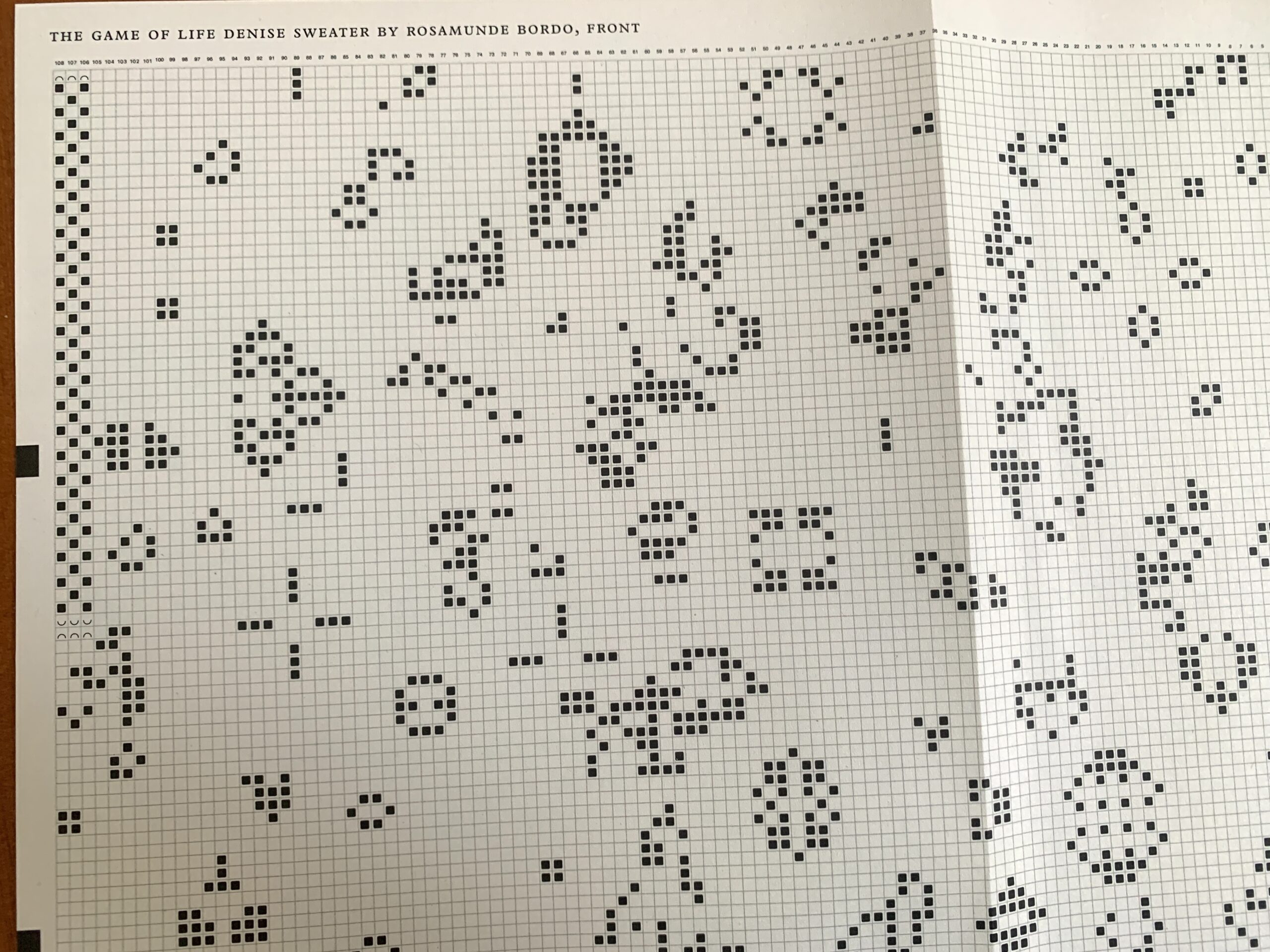
The Game of Life SweaterProject type

Morning StarThe Sidney & Gertrude Zack Gallery

The Relationship Without ImagesPOMO Arts
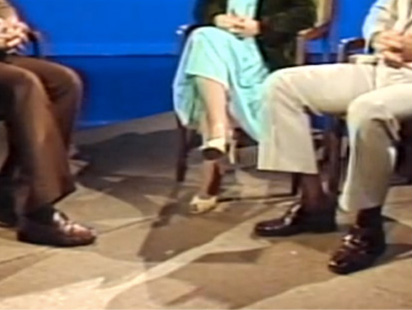
Stab at a SequelProject type

TrailerFor the Relationship WIthout Images

Life Drawing ClassBelkin Gallery
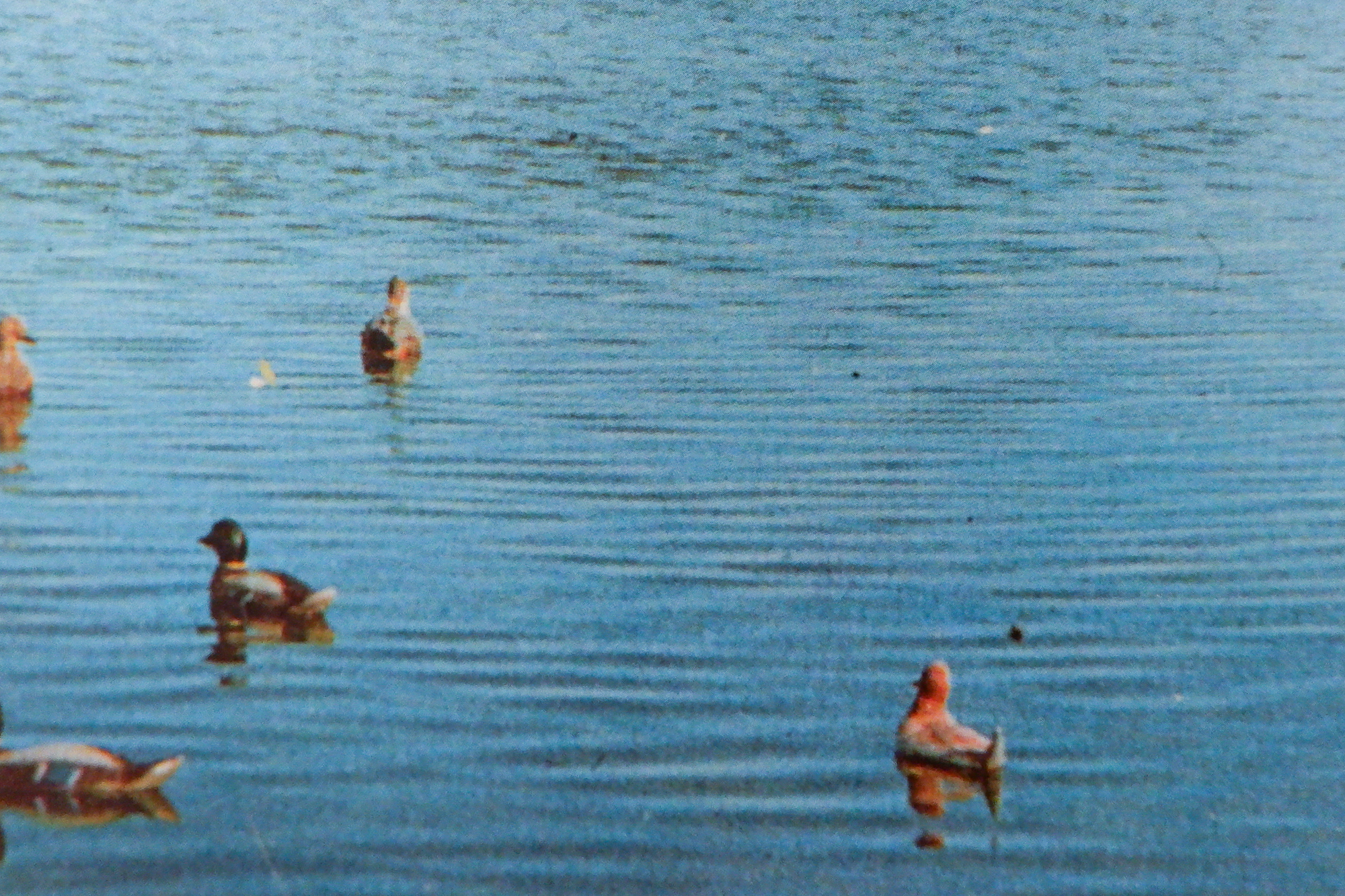
Partial Cento (for R.)by Sheryda Warrener

CreaturesProject type

The Denise File Part 1AHVA gallery